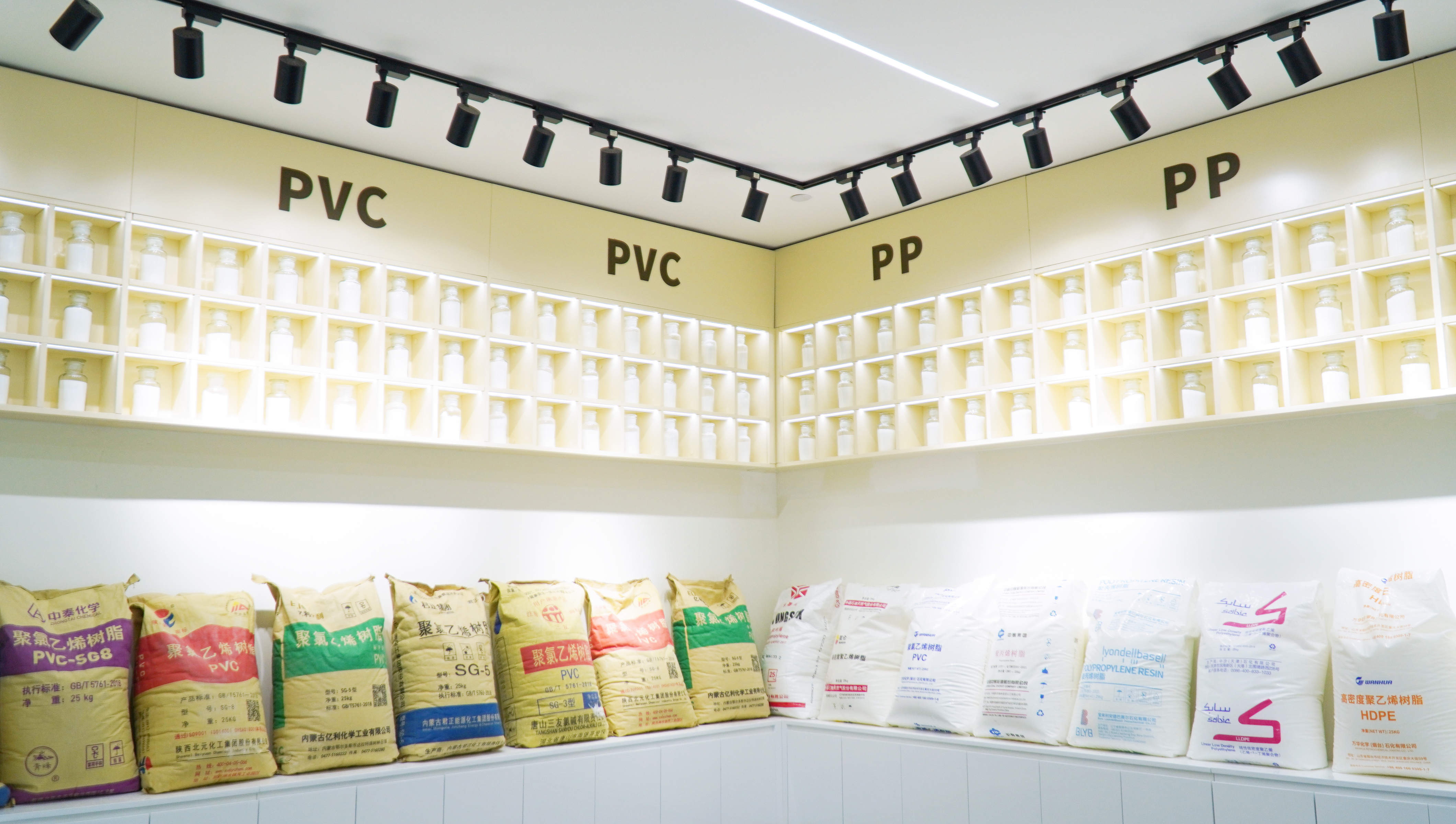As the global economy continues to evolve, the plastic industry remains a critical component of international trade. Plastic raw materials, such as polyethylene (PE), polypropylene (PP), and polyvinyl chloride (PVC), are essential for manufacturing a wide range of products, from packaging to automotive parts. By 2025, the export landscape for these materials is expected to undergo significant changes, driven by shifting market demands, environmental regulations, and technological advancements. This article explores the key trends that will shape the plastic raw material export market in 2025.
1. Growing Demand in Emerging Markets
One of the most notable trends in 2025 will be the increasing demand for plastic raw materials in emerging markets, particularly in Asia, Africa, and Latin America. Rapid urbanization, population growth, and expanding middle-class populations in these regions are driving the need for consumer goods, packaging, and construction materials—all of which rely heavily on plastics. Countries like India, Vietnam, and Nigeria are expected to become major importers of plastic raw materials, creating new opportunities for exporters in North America, Europe, and the Middle East.
2. Sustainability and Circular Economy Initiatives
Environmental concerns and stricter regulations will continue to influence the plastic industry in 2025. Governments and consumers are increasingly demanding sustainable practices, pushing exporters to adopt circular economy models. This includes the production of recyclable and biodegradable plastics, as well as the development of closed-loop systems that minimize waste. Exporters who prioritize eco-friendly materials and processes will gain a competitive edge, particularly in markets with stringent environmental policies, such as the European Union.
3. Technological Advancements in Production
Advancements in production technologies, such as chemical recycling and bio-based plastics, are expected to reshape the plastic raw material export market by 2025. These innovations will enable the production of high-quality plastics with a lower environmental footprint, meeting the growing demand for sustainable solutions. Additionally, automation and digitalization in manufacturing processes will improve efficiency and reduce costs, making it easier for exporters to meet the needs of global markets.
4. Trade Policy Shifts and Geopolitical Factors
Geopolitical dynamics and trade policies will play a significant role in shaping the export trends of plastic raw materials in 2025. Tariffs, trade agreements, and regional partnerships will influence the flow of goods between countries. For instance, the ongoing tension between major economies like the U.S. and China could lead to a reconfiguration of supply chains, with exporters seeking alternative markets. Meanwhile, regional trade agreements, such as the African Continental Free Trade Area (AfCFTA), may open up new opportunities for exporters by reducing trade barriers.
5. Volatility in Oil Prices
As plastic raw materials are derived from petroleum, fluctuations in oil prices will continue to impact the export market in 2025. Lower oil prices could make plastic production more cost-effective, boosting exports, while higher prices may lead to increased costs and reduced demand. Exporters will need to closely monitor oil market trends and adapt their strategies accordingly to remain competitive.
6. Rising Popularity of Bio-based Plastics
The shift toward bio-based plastics, made from renewable resources like corn starch and sugarcane, is expected to gain momentum by 2025. These materials offer a more sustainable alternative to traditional petroleum-based plastics and are increasingly being used in packaging, textiles, and automotive applications. Exporters who invest in bio-based plastic production will be well-positioned to capitalize on this growing trend.
Conclusion
The plastic raw material export market in 2025 will be shaped by a combination of economic, environmental, and technological factors. Exporters who embrace sustainability, leverage technological advancements, and adapt to changing market dynamics will thrive in this evolving landscape. As global demand for plastics continues to grow, the industry must balance economic growth with environmental responsibility to ensure a sustainable future.

Post time: Feb-28-2025


